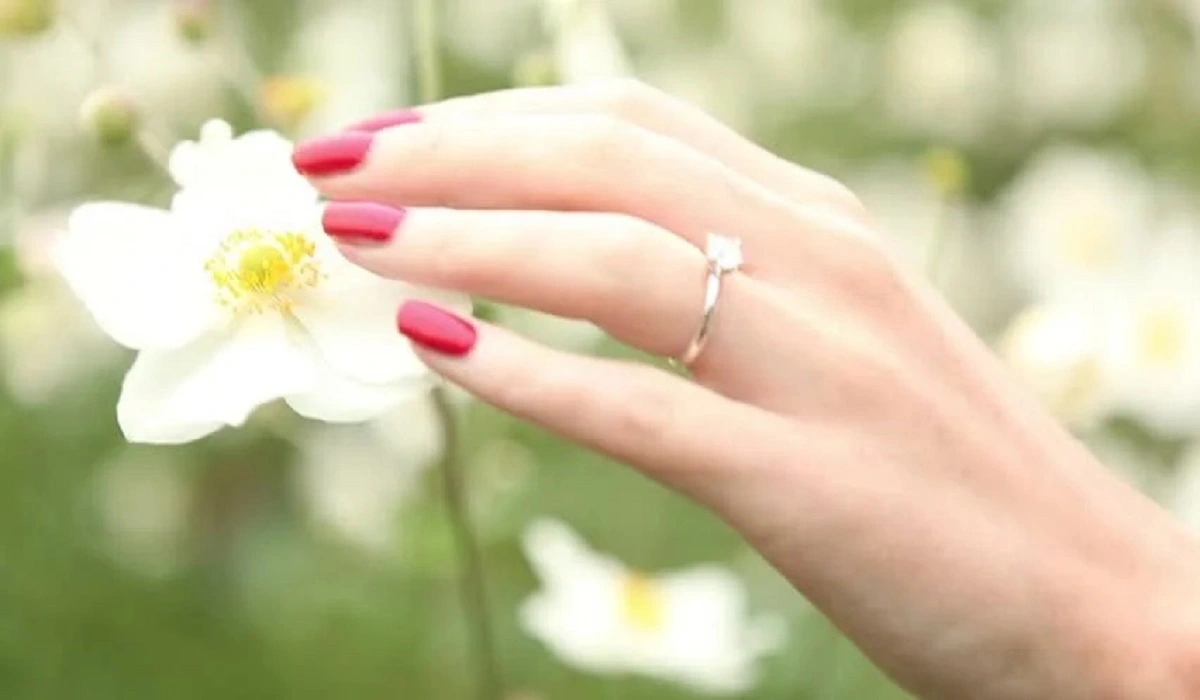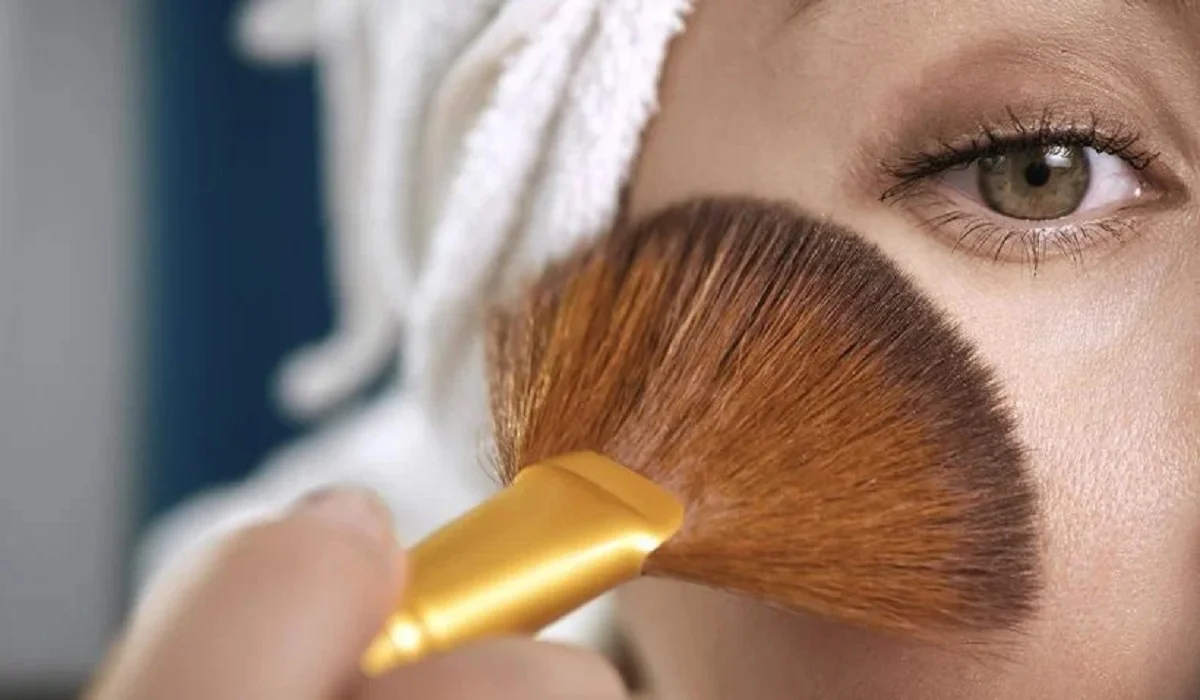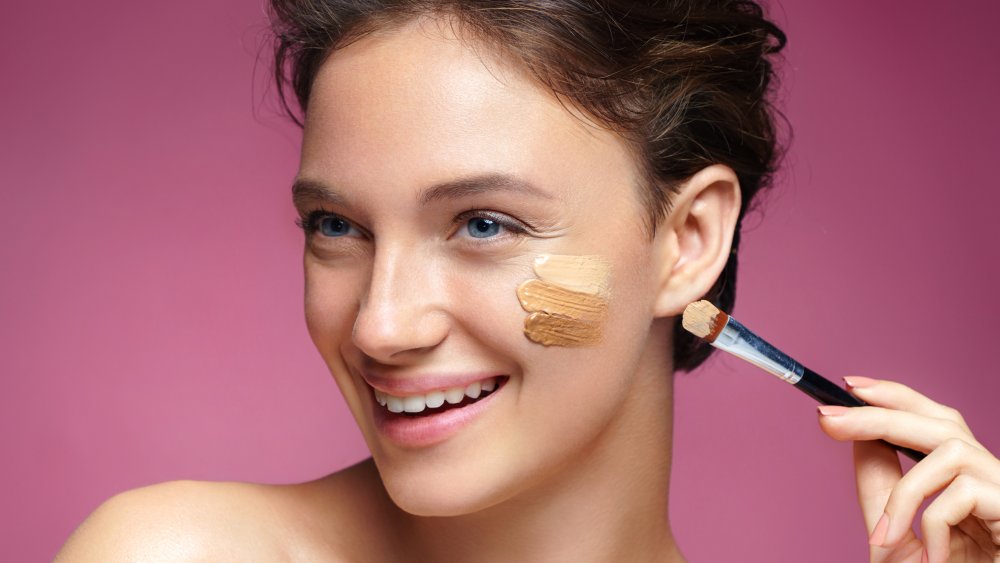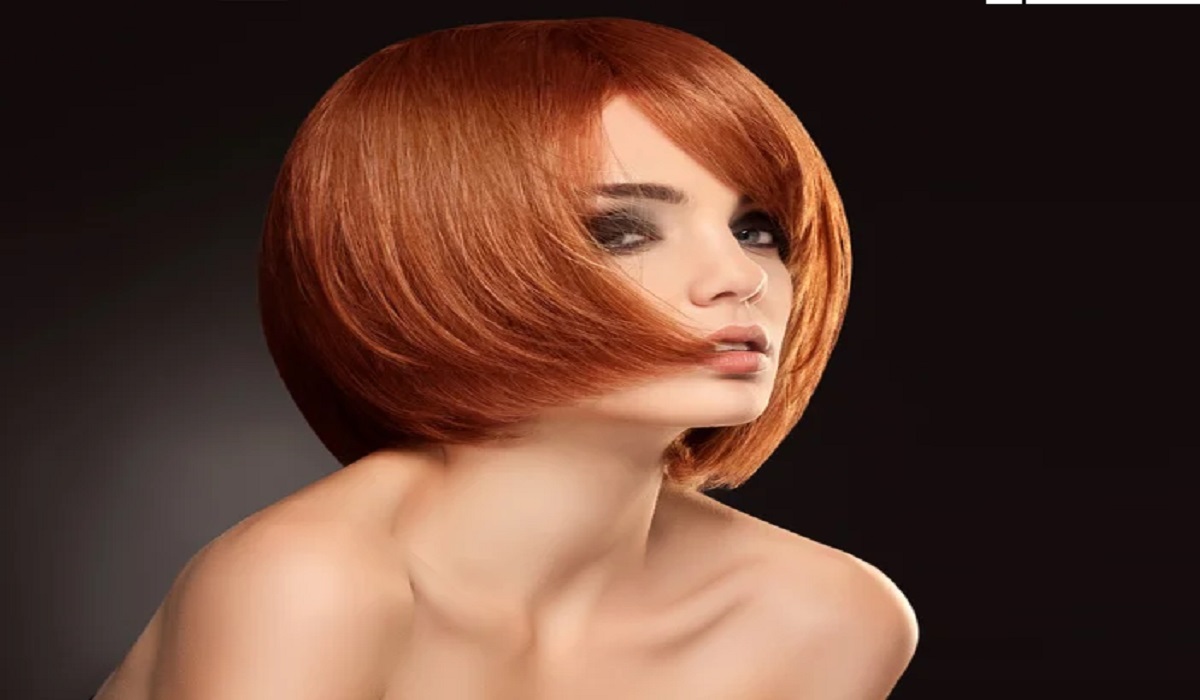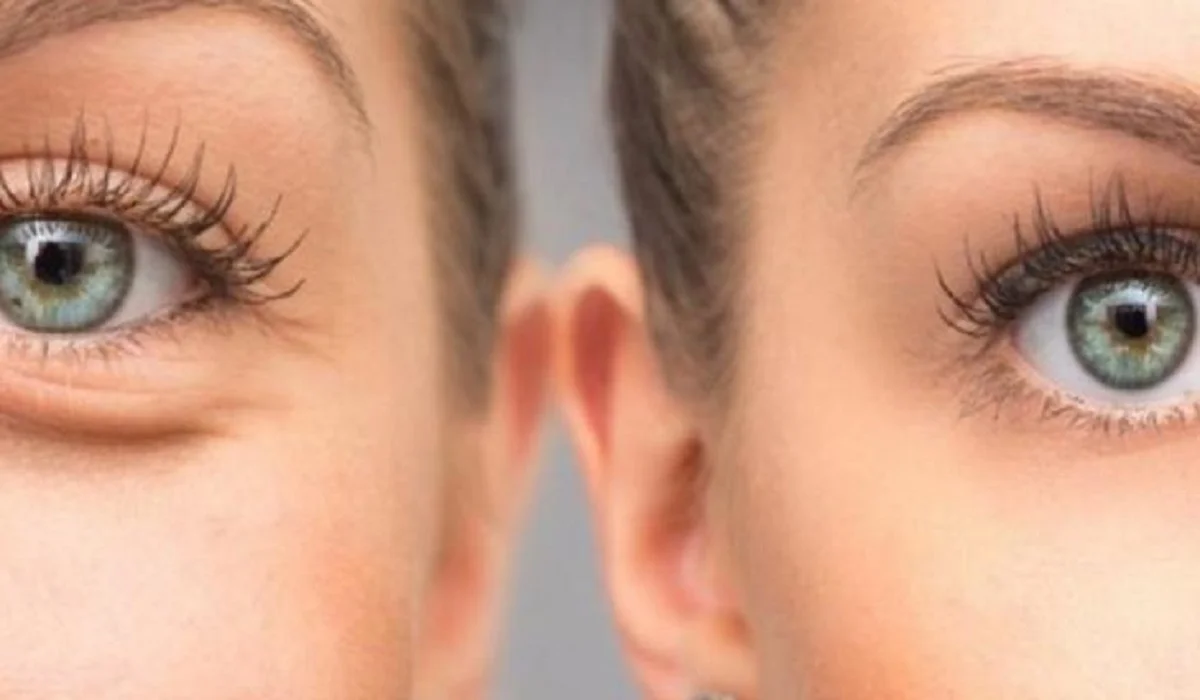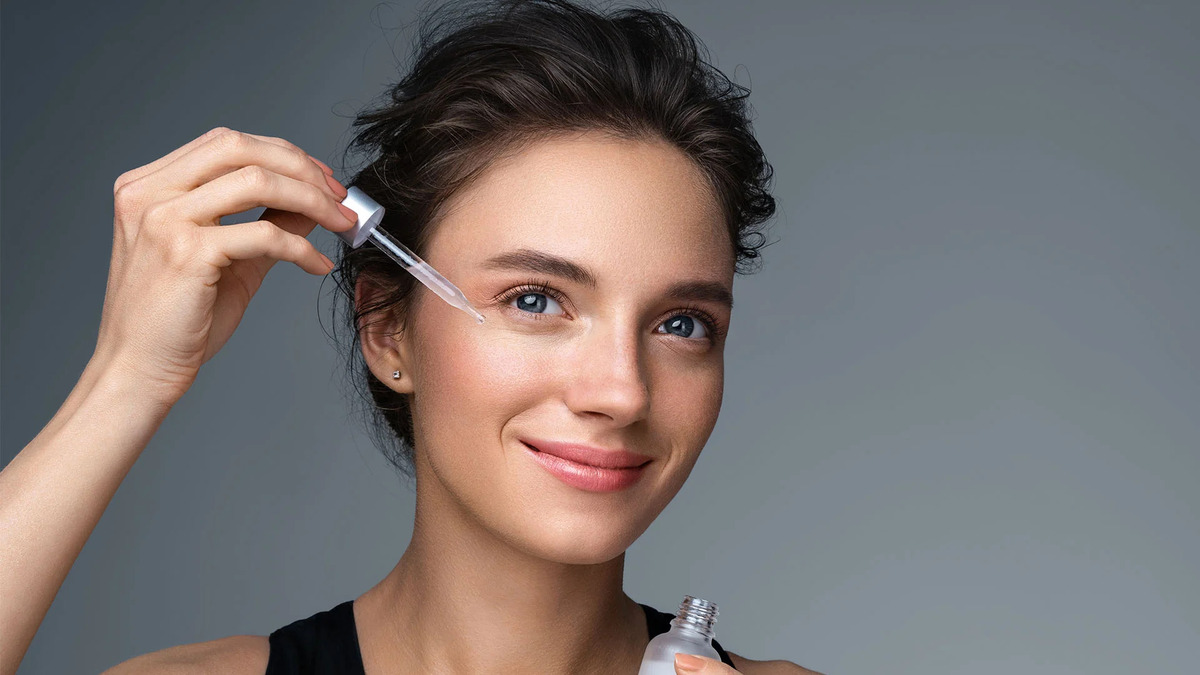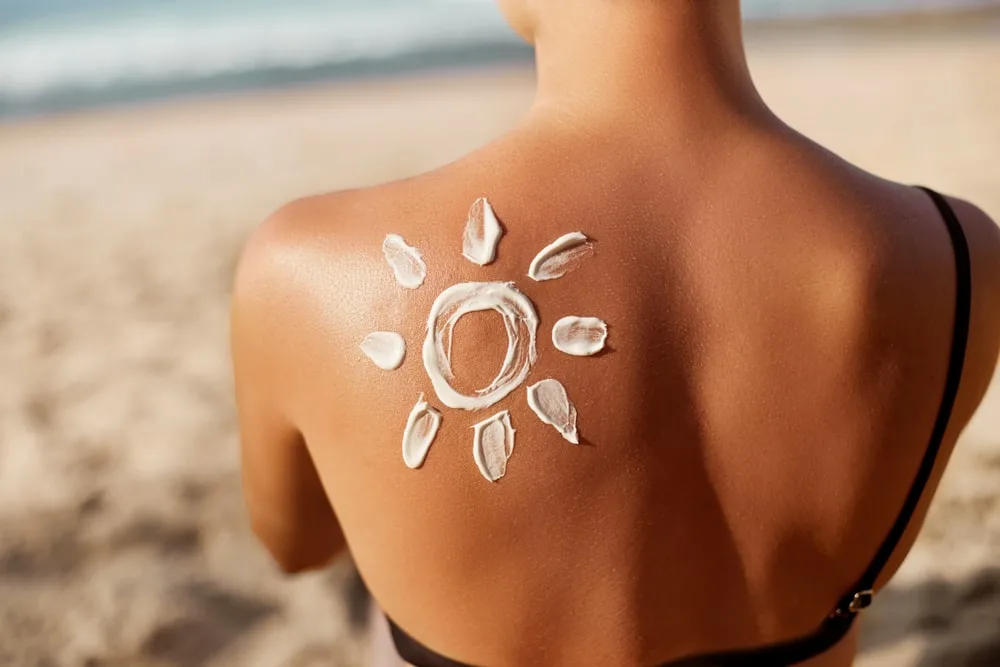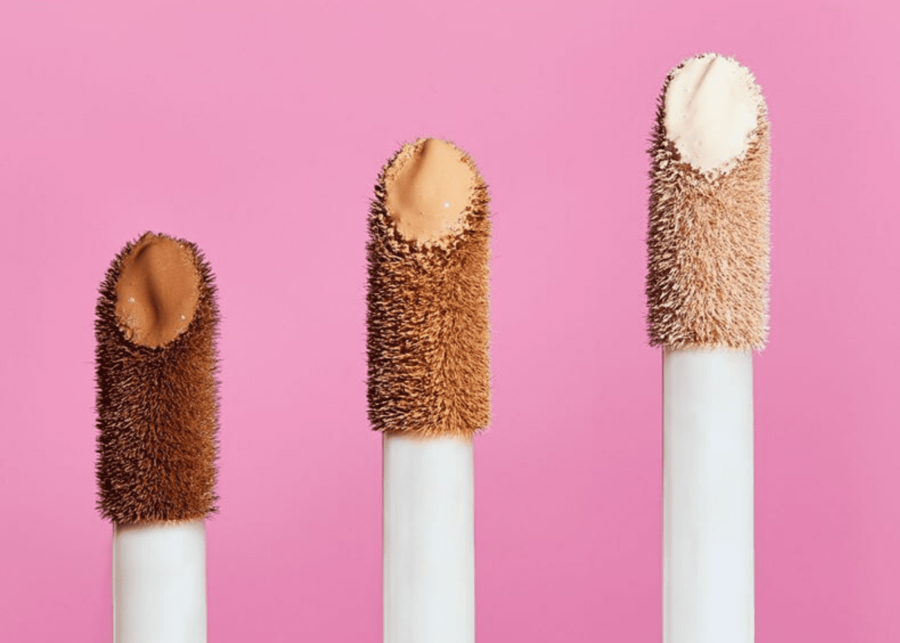
Under-eye bags are a common problem for many people, whether it’s due to genetics, lack of sleep, or aging. These bags can make you look tired and older than you actually are. Luckily, there are many ways to conceal under-eye bags and make your eyes look brighter and more youthful. In this article, we will share 10 tips for concealing under-eye bags like a pro.
Use a Color Corrector
If you have dark circles under your eyes, a color corrector can help neutralize the discoloration. Look for a peach or orange color corrector, depending on your skin tone. Apply it gently to the under-eye area using your ring finger. Be careful not to tug or pull on the delicate skin around your eyes.
Use a Concealer with a Yellow or Peach Undertone
After applying a color corrector, use a concealer that has a yellow or peach undertone. This will help brighten your under-eye area and make you look more awake. Use a small, fluffy brush to apply the concealer in a triangle shape under your eyes, then blend it in with a damp beauty sponge.
Use a Hydrating Eye Cream
Dry skin can make under-eye bags look worse. Make sure to use a hydrating eye cream before applying any makeup. Look for an eye cream that contains hyaluronic acid, which helps to plump and hydrate the skin.
Apply a Cooling Eye Gel
If you’re dealing with puffiness under your eyes, try applying a cooling eye gel. Keep the eye gel in the fridge for a few minutes before applying it to your under-eye area. The coolness will help reduce inflammation and puffiness.
Use a Light-Reflecting Powder
After applying your concealer, use a light-reflecting powder to set it. This will help brighten your under-eye area even more and prevent creasing. Use a fluffy brush to apply the powder lightly under your eyes.
Use a Matte Bronzer
If you have under-eye bags that are more prominent, you can use a matte bronzer to create a shadow effect. Apply the bronzer lightly in the hollows under your cheekbones and around your temples. This will help to create the illusion of depth and make your under-eye bags less noticeable.
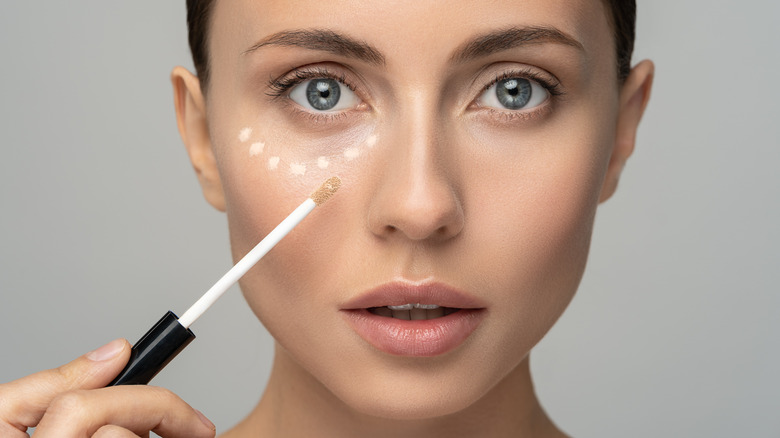
Apply Mascara and Eyeliner
Applying mascara and eyeliner can help draw attention away from your under-eye bags. Curl your lashes and apply mascara to open up your eyes. Use a thin line of eyeliner along your lash line to define your eyes further.
Use a Bright Lipstick
If you’re still feeling self-conscious about your under-eye bags, try wearing a bright lipstick. A bold lip color will draw attention away from your under-eye area and make you feel more confident.
Use a Makeup Setting Spray
To make sure your makeup stays in place all day, use a makeup setting spray. This will also help prevent your under-eye area from getting oily and causing your makeup to smudge.
Get Plenty of Sleep and Drink Water
While these tips can help conceal under-eye bags, the best way to get rid of them is to get plenty of sleep and drink water. Aim for at least 7-8 hours of sleep each night and drink at least 8 glasses of water each day. This will help keep your skin hydrated and healthy, which can reduce the appearance of under-eye bags.
In conclusion, under-eye bags can be a frustrating problem, but with these tips, you can conceal them like a pro. Remember to use a color corrector, a concealer with a yellow or peach undertone, and a light-reflecting powder to brighten and set your makeup. You can also use a matte bronzer to create a shadow effect and draw attention away from your under-eye bags. And don’t forget to use mascara, eyeliner, and a bright lipstick to further enhance your features and detract from any imperfections.
It’s also important to take care of your skin by using a hydrating eye cream, a cooling eye gel, and drinking plenty of water to keep your skin hydrated and healthy. Getting enough sleep is also essential, as lack of sleep can exacerbate under-eye bags.
If you find that your under-eye bags persist despite your efforts to conceal them, you may want to consider consulting with a dermatologist or other skincare professional. They can help determine the underlying cause of your under-eye bags and provide personalized recommendations for treatment.
Remember, under-eye bags are a common issue that many people deal with. By using these tips and taking care of your skin, you can conceal them like a pro and feel confident and beautiful every day.

